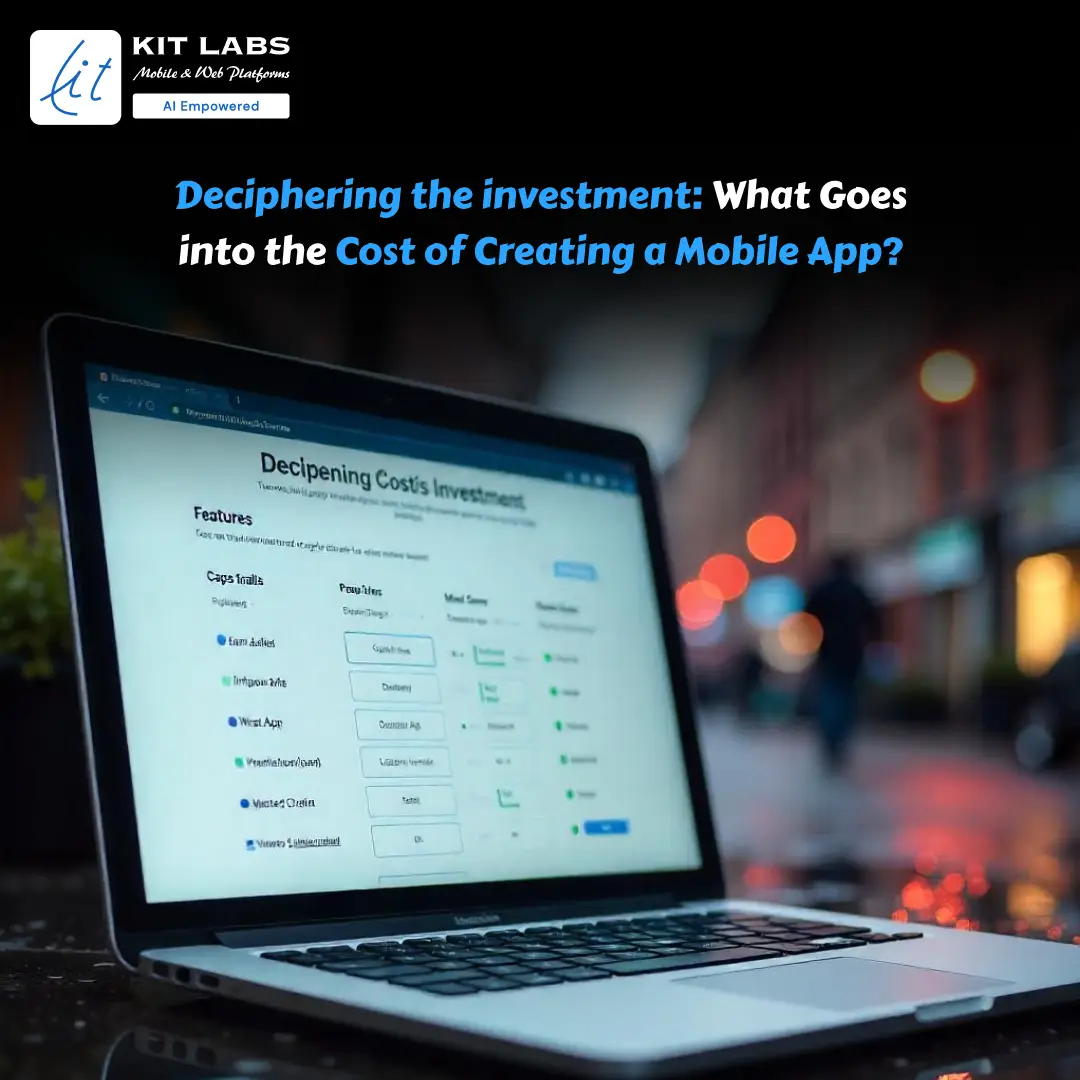
Deciphering the Investment: What Goes into the Cost of Creating a Mobile App?
Embarking on the journey of creating a mobile app is an exciting venture, but one often accompanied by the burning question: What will it cost? While pinpointing an exact figure may be elusive, understanding the factors that contribute to the overall cost is crucial. Let’s unravel the layers of investment involved in bringing your mobile app vision to life.
Decoding the Variables
Before diving into specifics, it’s essential to recognize the variables that influence the cost of developing a mobile app. Each app is unique, and its development cost hinges on several key factors.
- App Complexity: The intricacy of features and functionalities significantly impacts the overall cost.
- Platform (iOS, Android, Both): Developing for a single platform might be more cost-effective initially, while cross-platform development or supporting both iOS and Android increases costs.
- Design Complexity: A visually intricate and user-friendly design might require a higher budget.
- Development Approach: Native, hybrid, or cross-platform development options come with varying costs and trade-offs.
- Third-Party Integrations: Integrating external services or APIs can add to the overall development cost.
- Maintenance and Updates: Ongoing support, maintenance, and updates contribute to the long-term cost.
The Investment Breakdown
While we won’t provide a precise cost breakdown, we’ll explore the key areas where your budget will be allocated.
- Research and Planning: Time and resources dedicated to understanding market needs and planning the app’s features and functionalities.
- Design and UI/UX: Investment in creating an appealing and user-friendly design that aligns with your brand and resonates with users.
- Development: Costs associated with coding, programming, and implementing features, are influenced by app complexity and chosen development approach.
- Testing: Resources allocated for thorough testing to ensure a bug-free and high-performing app.
- Deployment: Costs associated with preparing the app for launch, submission to app stores, and initial marketing efforts.
Strategies for Cost Management
- Prioritize Features: Focus on essential features for the initial release and consider additional features in future updates.
- Choose the Right Development Team: Investing in an experienced and skilled development team can impact the overall efficiency and cost-effectiveness of the project.
- Consider Scalability: Design your app with scalability in mind, allowing for future updates and enhancements without major overhauls.
Conclusion
While the cost of creating a mobile app can be a considerable investment, understanding the variables and strategically managing the process can help optimize your budget. It’s not just about the money spent but the value delivered to users. As you embark on this digital journey, keep in mind that the right balance of features, design, and functionality can result in an app that not only fits your budget but also resonates with your audience.
So, as you navigate the landscape of app development costs, remember that the investment is not just in code and design but in the potential of your app to make a lasting impact in the ever-evolving world of mobile technology.






